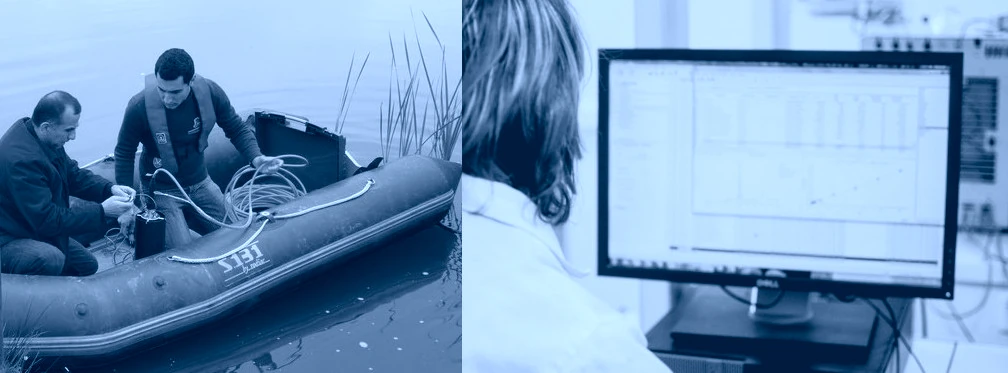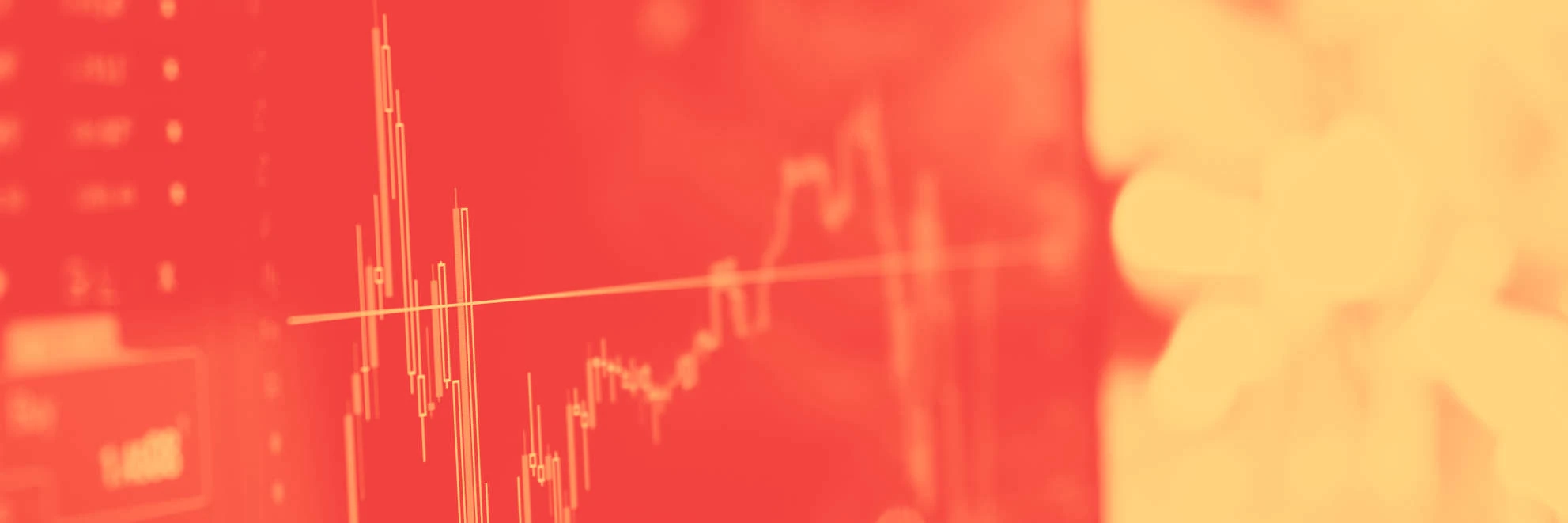Le projet PULSE (programme CEP&S de l’ANR), coordonné par l’ENS, a débuté en 2011. Il a pour objectif d’étudier à l’échelle de la région Ile-de–France, la région la plus peuplée de France, l’impact des changements globaux et de diverses pressions anthropiques plus locales sur les lacs périurbains et de proposer des stratégies d’adaptation et d’atténuation des conséquences de ces pressions sur la qualité des lacs et des services qu’ils rendent aux sociétés humaines.
Recent publications
917.
- titre
- Small-Size Microplastics in Urban Stormwater Runoff are Efficiently Trapped in a Bioretention Cell
- auteur
- Kelsey Smyth, Shuyao Tan, Tim van Seters, Johnny Gasperi, Rachid Dris, Jennifer Drake, Elodie Passeport
- article
- , 2024, ⟨10.1021/acsestwater.4c00037⟩
- titre
- Comprehensive analysis of a widely pharmaceutical, furosemide, and its degradation products in aquatic systems: Occurrence, fate, and ecotoxicity
- auteur
- Fidji Sandré, Régis Moilleron, Christophe Morin, Laure Garrigue-Antar
- article
- , 2024, 348, pp.123799. ⟨10.1016/j.envpol.2024.123799⟩
- titre
- Time-varying microplastic contributions of a large urban and industrial area to river sediments
- auteur
- E. Dhivert, J. Pruvost, T. Winiarski, Johnny Gasperi, F. Delor-Jestin, Bruno Tassin, B. Mourier
- article
- , 2024, 347, pp.123702. ⟨10.1016/j.envpol.2024.123702⟩
- titre
- Comparative Microplastic Analysis in Urban Waters Using μ-FTIR And Py-GC-MS: A Case Study in Amsterdam
- auteur
- Feride Öykü Sefiloglu, Cleo Stratmann, Marthinus Brits, Martin J.M. van Velzen, Quinn Groenewoud, A. Dick Vethaak, Rachid Dris, Johnny Gasperi, Marja Lamoree
- article
- , 2024, pp.124088. ⟨10.1016/j.envpol.2024.124088⟩
- titre
- COVID lockdown significantly impacted microplastic bulk atmospheric deposition rates
- auteur
- Max Beaurepaire, Johnny Gasperi, Bruno Tassin, Rachid Dris
- article
- , 2024, 344, pp.123354. ⟨10.1016/j.envpol.2024.123354⟩
PULSE (Peri-Urban Lakes Society and Environnement)
published on , updated on


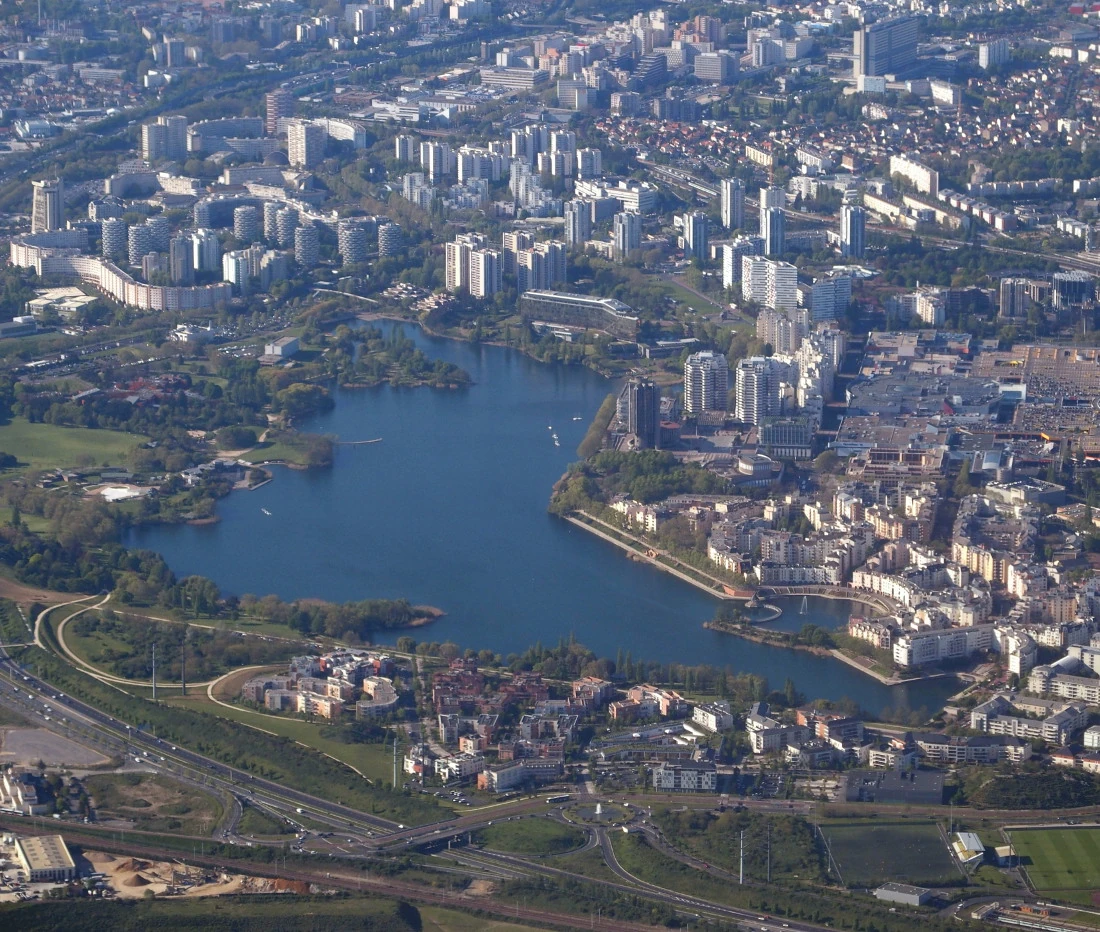

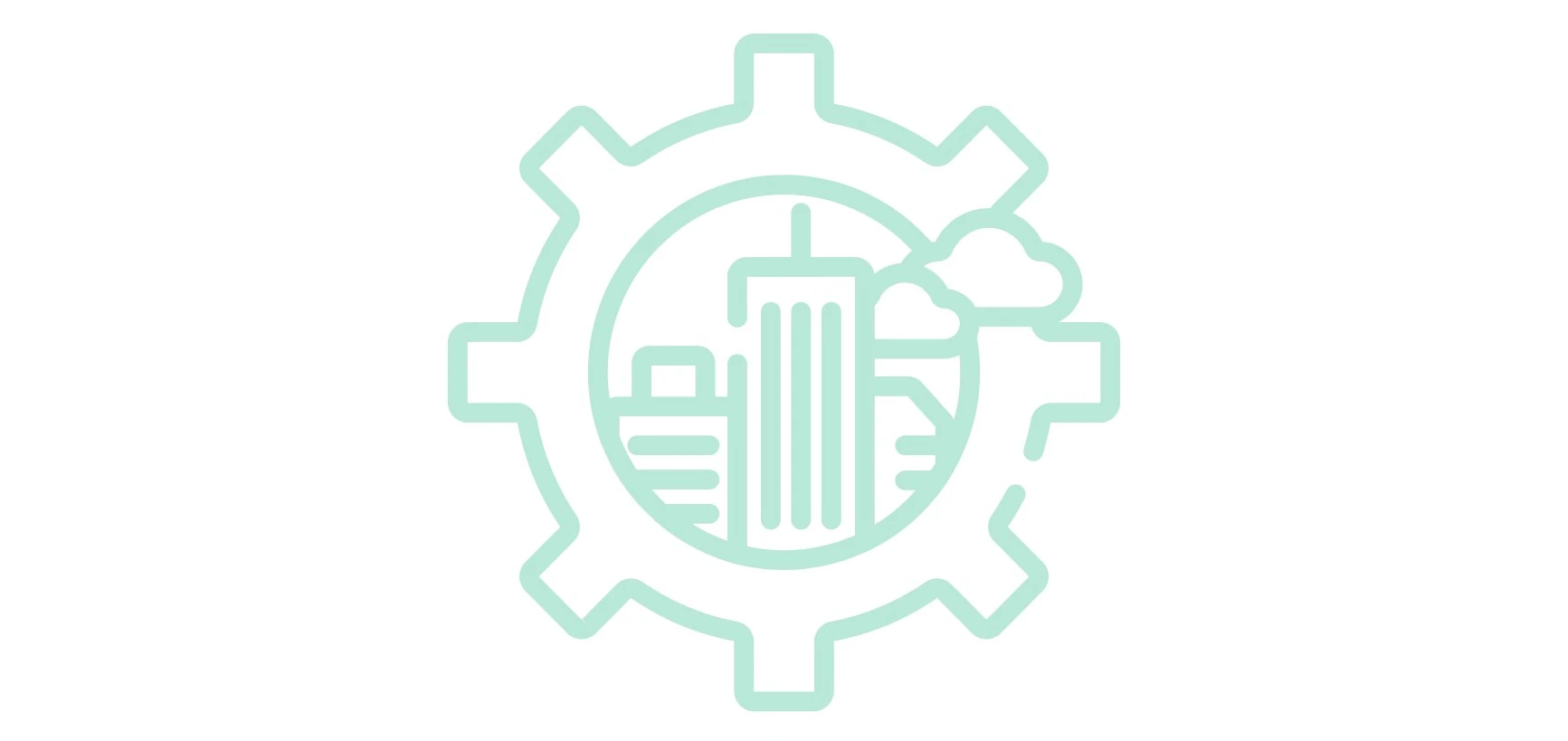

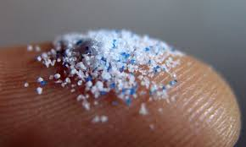
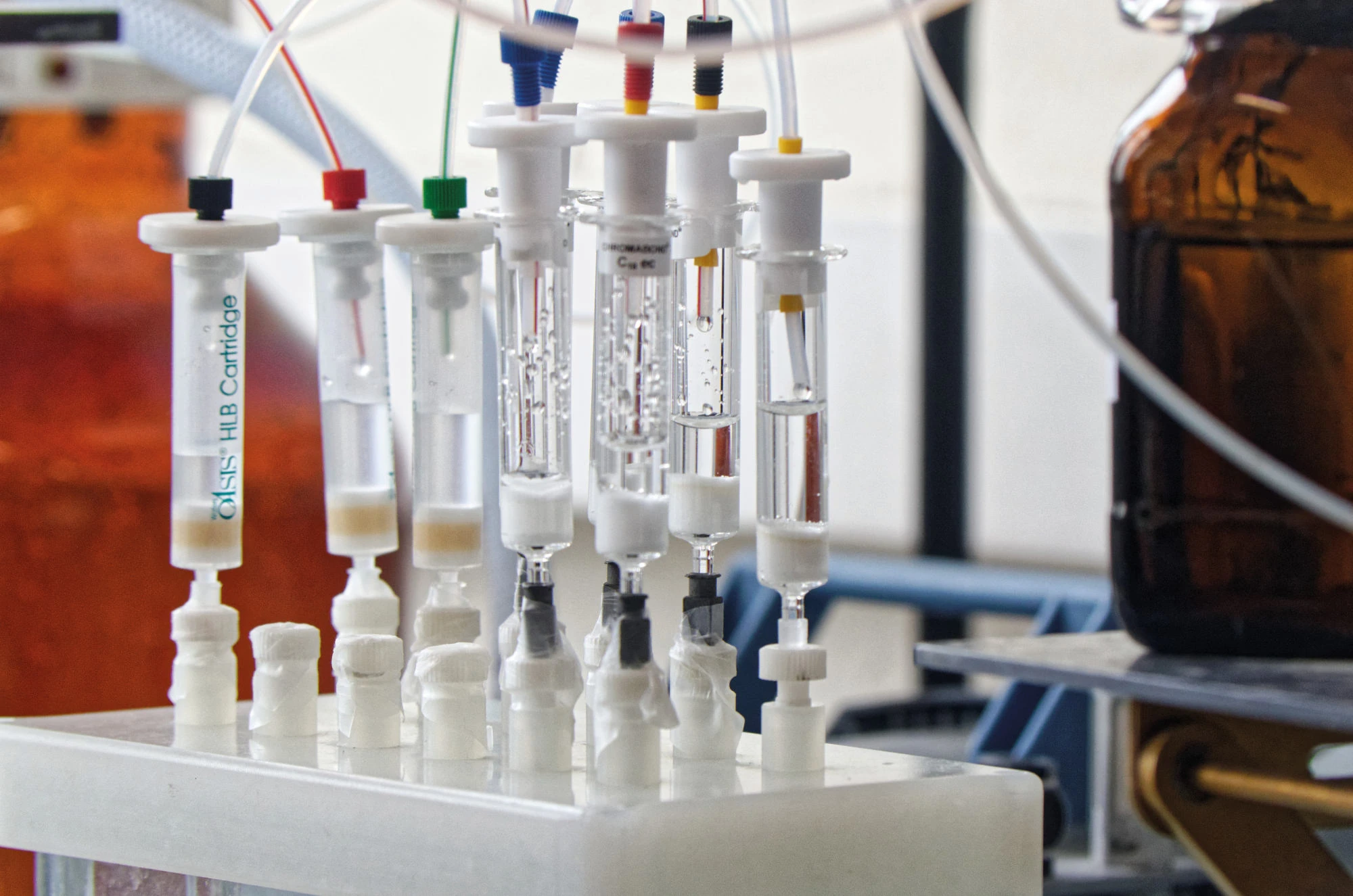
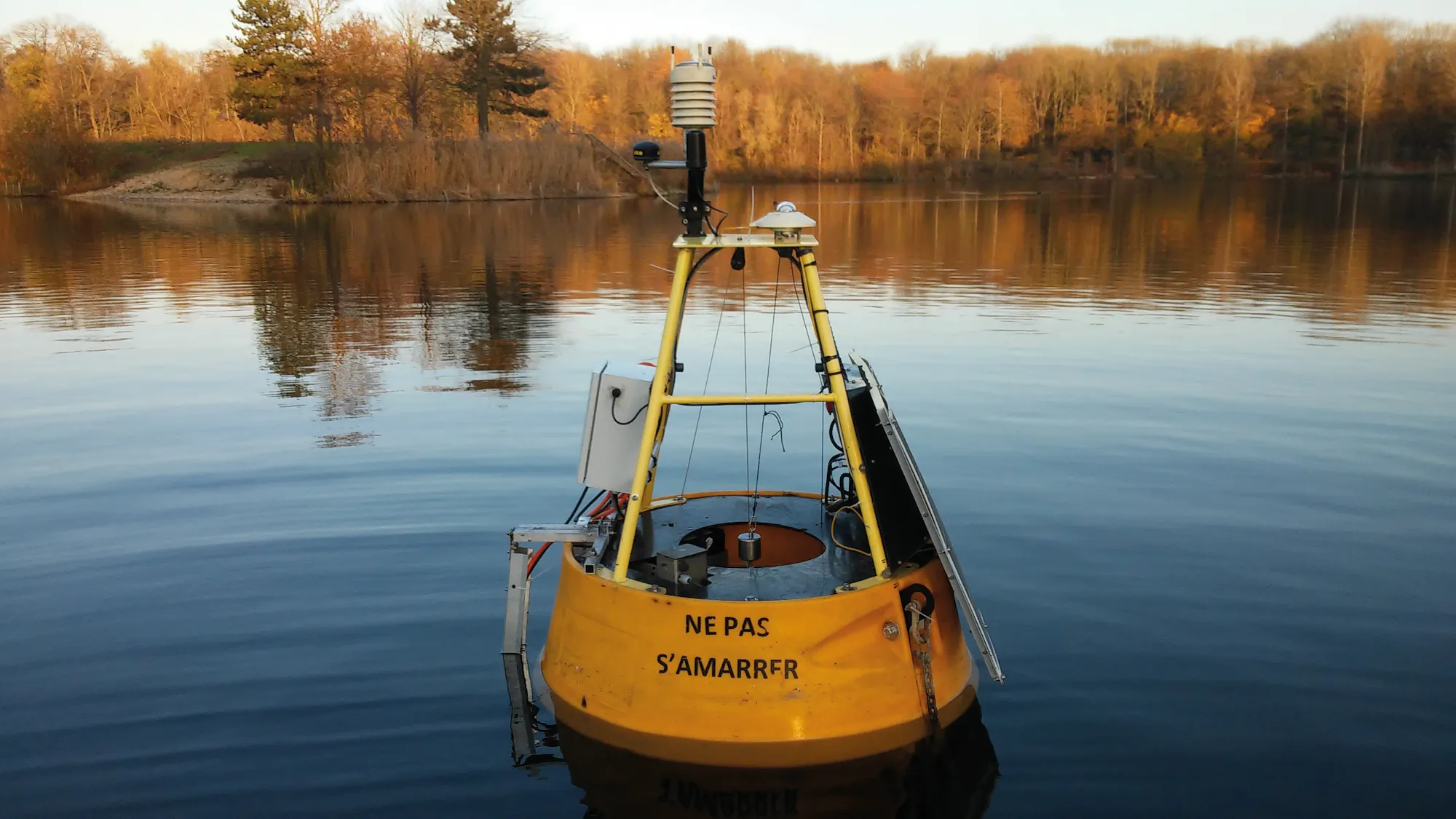

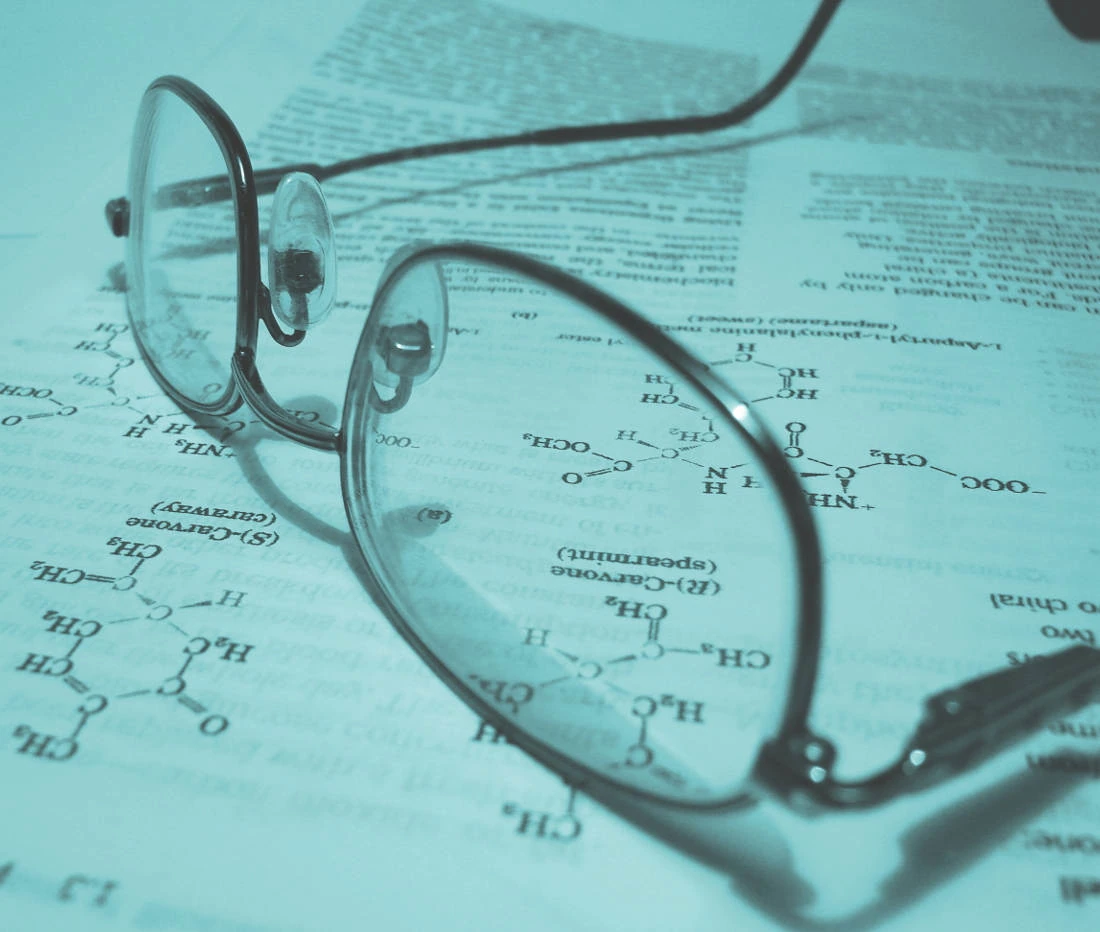 Scientific production
Scientific production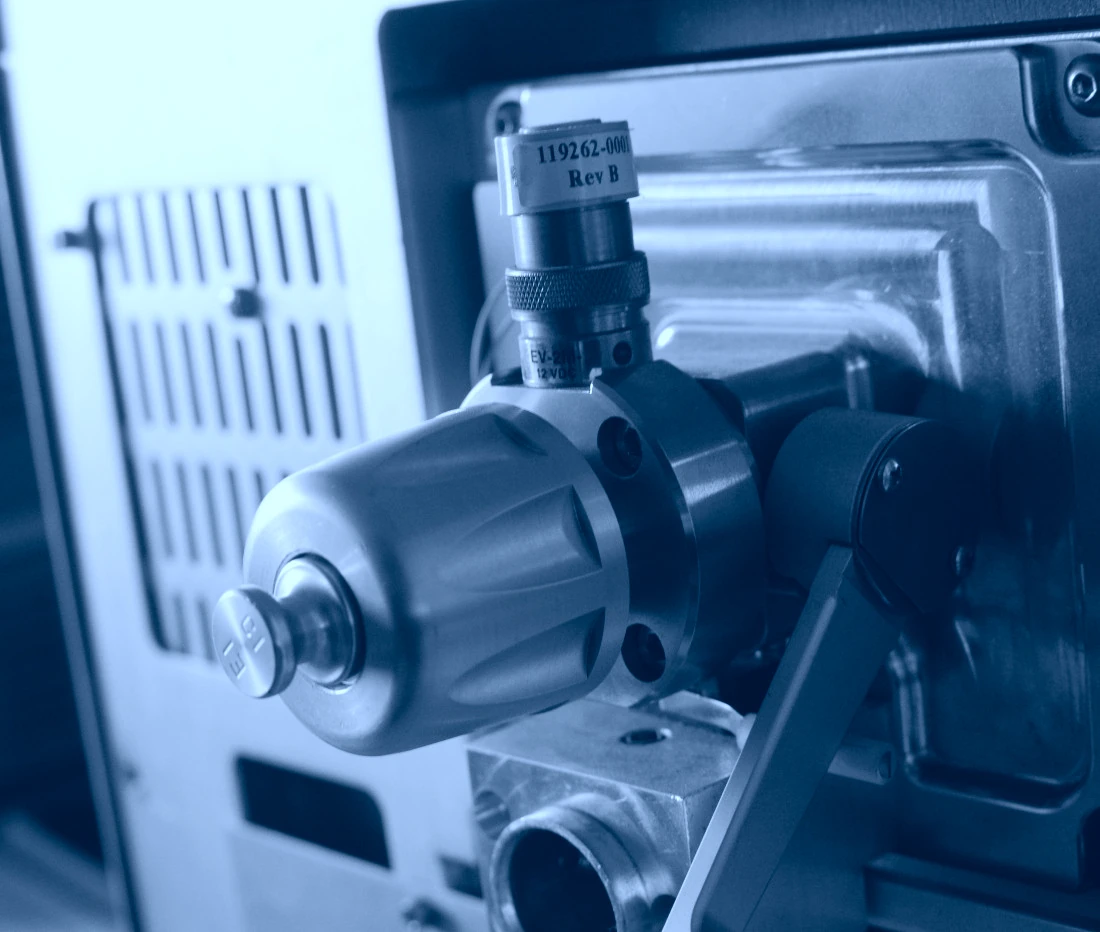 Technical resources and equipment
Technical resources and equipment Expertise and disciplines
Expertise and disciplines
